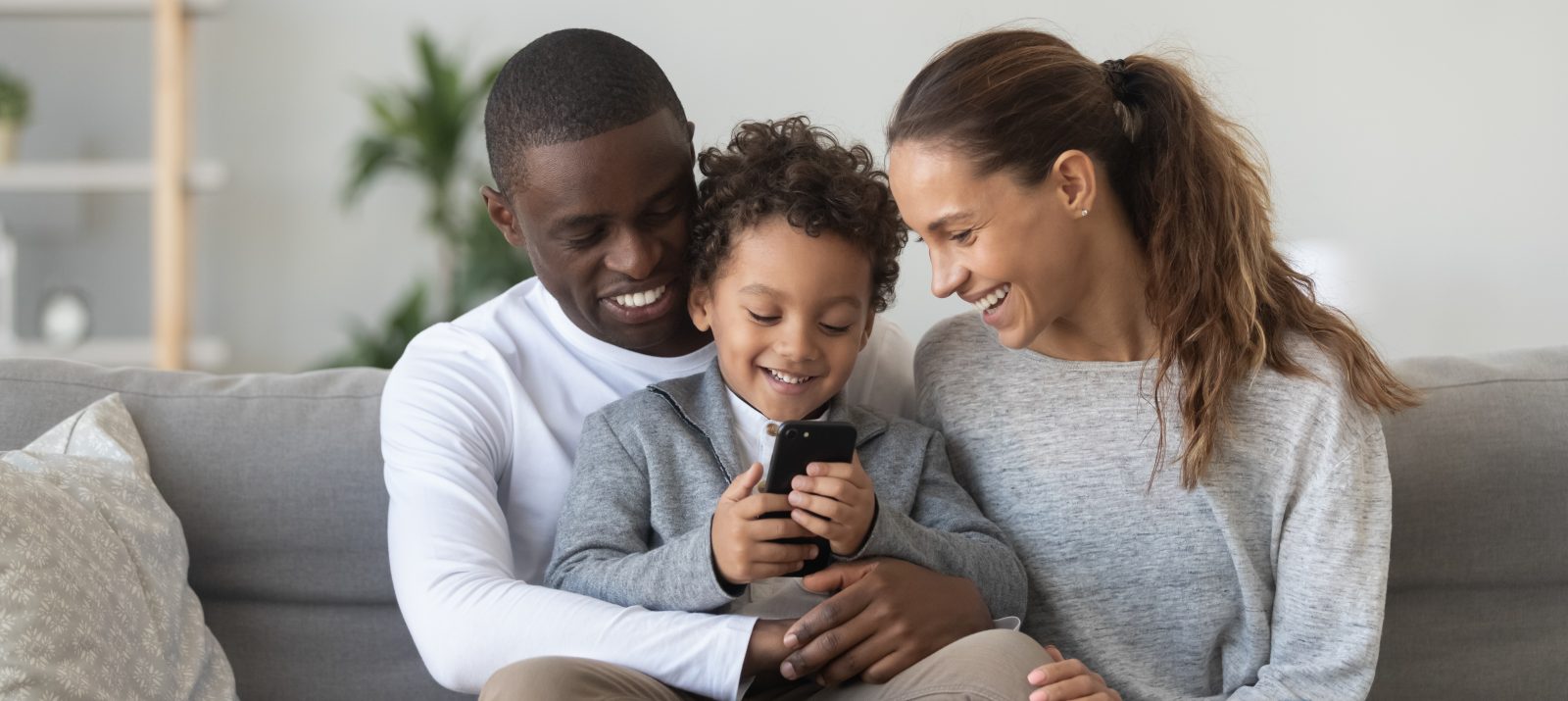
“Mom, can I watch video?”, “I want to play tablet, Dad!” – media fascinate young children and are part of their everyday life from an early age. In the first years of life, parents lay the foundation for dealing with media. Media education is based on the general values in the family.
Babies and toddlers are not yet very interested in media. They seek contact with their parents and explore the world with all their senses. Developmental steps such as learning to eat, walk and talk are the focus. As parents frequently turn to media, such as the smartphone, young children gradually become interested in them as well.
Targeted media use, such as looking at a picture book or video calling grandma and grandpa, usually takes place with young children in the company of adults. More and more, children are demanding this kind of media time together.
In addition to looking at picture books together, toddlers enjoy music and audio stories; they can play or relax along the way. Offerings such as children’s radio programs and audio boxes are suitable for children and a good introduction to the diversity of the media world.
The child’s brain cannot yet process moving images and hectic sounds well. Children are not able to understand filmed stories until they are about three years old. Nevertheless, your child may already be watching series on the tablet or similar together with older children. Pay attention to what your child is looking at. It is best if you are present, can answer questions that arise, or overhear when your child becomes anxious. Children of kindergarten age enthusiastically watch shows with their favorite characters such as Peppa Wutz, Bobo the Dormouse or Fireman Sam. With child-friendly apps and games, children can get active themselves. Such apps are manageable, encourage creativity and can help with learning.
Whether it’s audio, video, or games, choose short, simple, and age-appropriate content. Young children should use media alone as little as possible, because they are not babysitters. If you and your child already know certain content, he or she can listen to an audio story on their own and watch an episode of their favorite show without you sitting next to them.
“Can I use your cell phone?” – Children learn by observing and imitating what their caregivers do. You are also the most important role model for your child when it comes to media use. Put the smartphone aside when playing with your child. Enjoy time with your child and take time outs from the screen. Model a conscious and reflective approach to media. Even children already have personal rights. Ask your child if he or she is okay with sending photos of him or her via Messenger and, if possible, do not post children’s photos online.
“That was too scary for me!” – Children often still have difficulty distinguishing between fiction and reality and cannot yet reliably assess dangers. Some media content is unsuitable for children.
“Just one more episode!” – Children in the first years of life cannot yet control their media use themselves; they need limits.
Based on a long-term study by the JFF – Institute for Media Education on the importance of digital media in families with young children, there is now a flyer on the topic of media education in the first years of life.